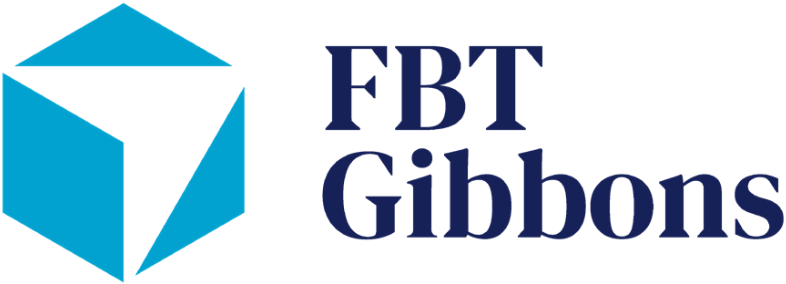In the multifamily industry, 4% low-income housing tax credits (“4% LIHTCs”) have long served as a crucial tool in the financing of affordable housing across the country. Enhancement of the 4% minimum LIHTC rate by the Consolidated Appropriations Act, 2021 initiated momentum in affordable housing financing last December. Now, Congress aims to further bolster equity participation in affordable housing transactions by increasing the amount of 4% LIHTCs available for affordable housing projects through a reduction of the required amount of tax-exempt bonds that must be utilized for projects to benefit from the program and expanding the types of projects eligible for basis boosts.
Typically, 4% LIHTCs encourage the investment of private equity into affordable housing by permitting investors to contribute capital to special purpose entities that own affordable housing projects in exchange for receiving the 4% LIHTCs. Earlier this year, Congress expanded the 4% LIHTC program by fixing the minimum rate of 4% LIHTCs at a true 4% for all affordable housing placed-in-service and sufficiently financed with tax-exempt bonds issued after December 31, 2020. While continued low rates on the lending side paired with larger equity investments fueled by the minimum 4% LIHTC rate have made significantly more deals financially feasible, rising construction costs caused by the COVID-19 pandemic have led to a greater need for the 4% LIHTC program. Additionally, the COVID-19 pandemic has had negative effects on the economy, resulting in increased demand for affordable housing. Now, two bills proposed in Congress seek an additional expansion of the 4% LIHTC program, which will hopefully ameliorate the affordable housing shortage across the country. Both developers and investors should prepare for more opportunities to develop affordable housing.
Although the 4% LIHTC fix enacted earlier this year increased the amount of private equity flowing into the affordable housing sector, the amount was still limited because at least 50% of the costs of most 4% LIHTC affordable housing units must be financed with tax-exempt bonds. State housing authorities must allocate one dollar of their volume cap for each dollar of these tax-exempt bonds, and some of these agencies do not have enough volume cap to finance all proposed affordable housing projects in their respective states. This requires some state housing authorities to reject much needed affordable housing projects that are financially feasible but for the lack of available volume cap and the associated 4% LIHTCs.
To remedy this problem, Congress is considering whether to reduce the threshold amount of tax-exempt bonds required to generate 4% LIHTCs. This proposal is currently being considered by the Senate through the Decent, Affordable, Safe Housing for All (DASH) Act proposed by Senator Wyden (D-OR). A similar proposal will also be considered by the House of Representatives via the reconciliation process after consideration by the House Ways and Means Committee, chaired by Representative Neal (D-MA) (the “Reconciliation Bill”).
While the DASH Act and the Reconciliation Bill slightly differ in their proposals, both would make affordable housing projects eligible for 4% LIHTCs if at least 25% of such projects are financed with tax-exempt bonds, which is significantly less than the current 50% requirement. The DASH Act would expand the 4% LIHTC program for affordable housing projects financed with tax-exempt bonds issued during 2021 – 2024, while the Reconciliation Bill would expand the program for tax-exempt bonds issued during 2022 – 2028.
The DASH Act and Reconciliation Bill also propose increasing the amount of private equity generated by 4% LIHTCs by increasing basis boosts to certain affordable housing units. Both would grant basis boosts to buildings serving extremely low-income households (30% of area median income) or that are located in certain rural areas. Additionally, both propose allowing state housing authorities to grant discretionary basis boosts to projects that need additional equity in order to be financially feasible.
Although these proposals must wind through the legislative process and remain subject to change, the fact that complementary bills have life in both of the Senate and House indicates bicameral support for these measures. Given the momentum for expanding the 4% LIHTC program generated by the 4% LIHTC fix, it will not be surprising if some or all of the above proposals become law, driving a strong outlook for bond-financed affordable multifamily housing projects in the coming years.
For more information, please contact Stephen Sparks, Laura Theilmann, Amy Curry, Brad Butler, or any other attorney on Frost Brown Todd’s Public Finance or Multifamily Housing teams.
